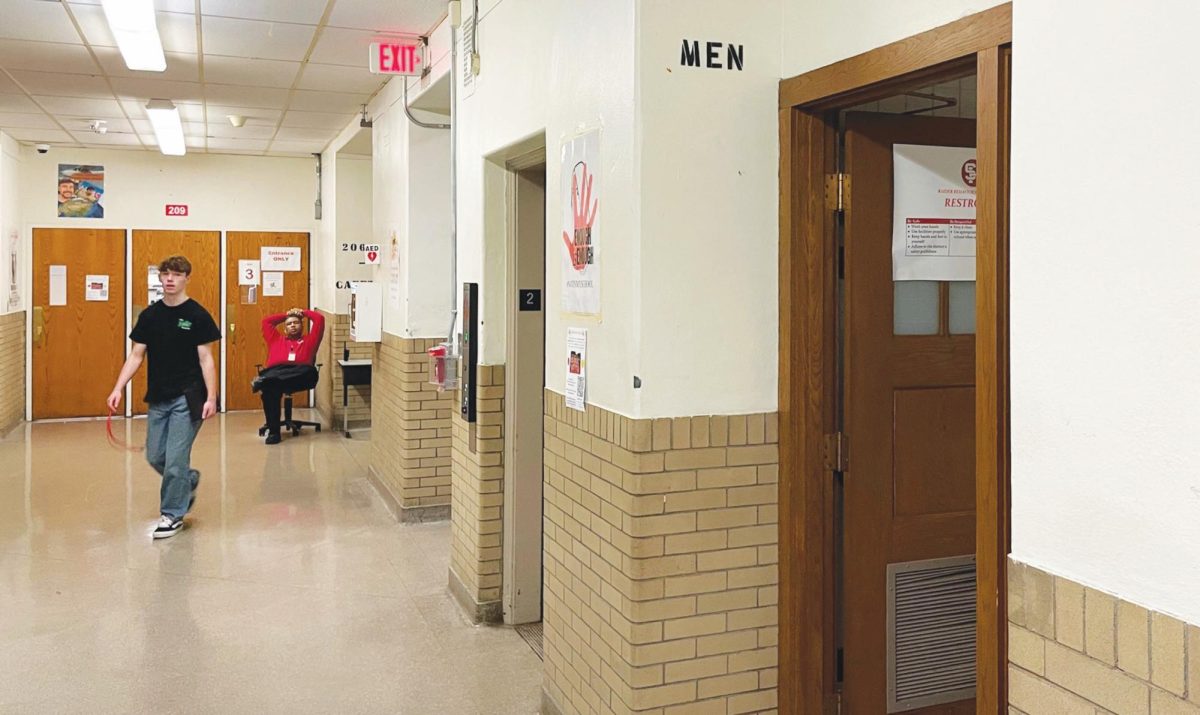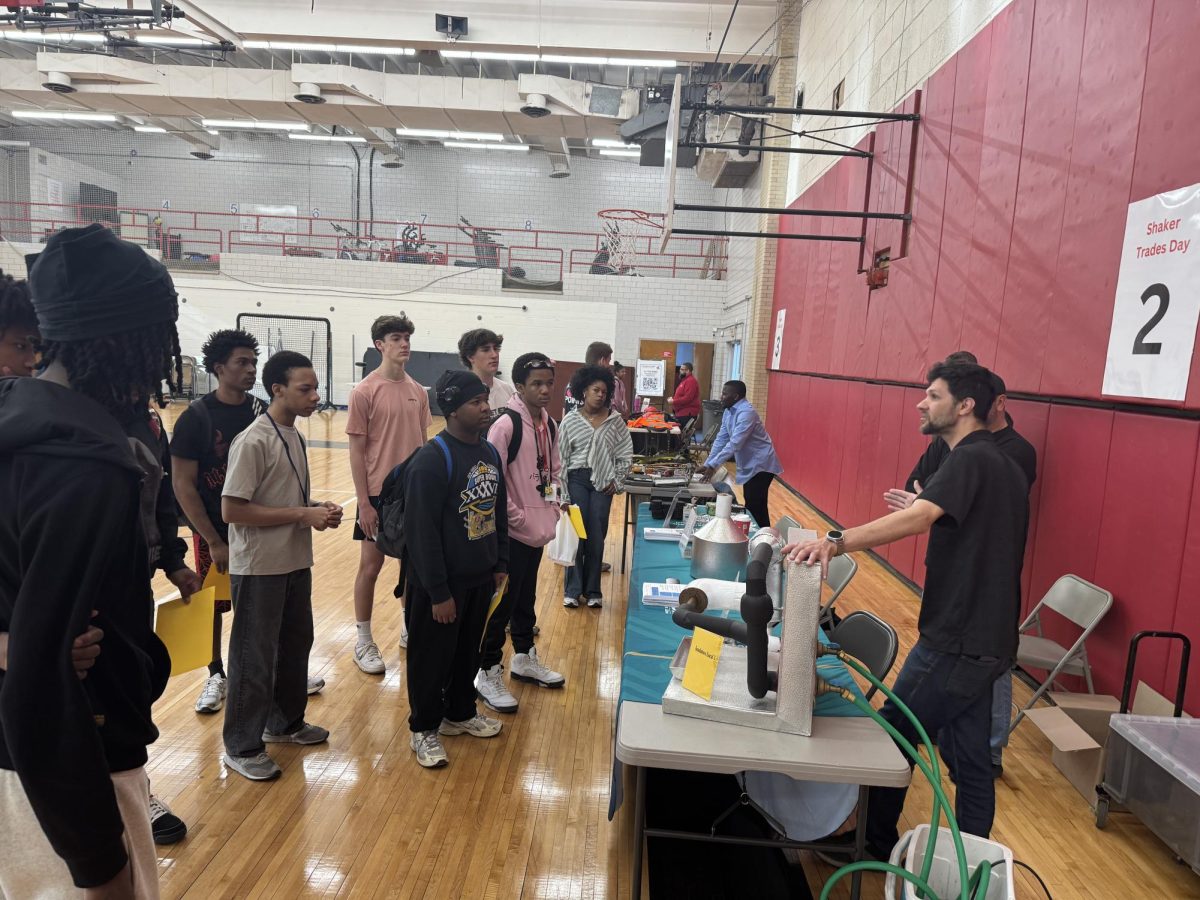President Donald Trump has been in office for two months, and tensions are rising. Since being inaugurated Jan. 20, Trump has signed dozens of executive orders, ranging from attacking the rights of immigrants and transgender people and slashing environmental policy to, absurdly, rechristening the Gulf of Mexico the “Gulf of America.” For context, among the previous 10 presidents – including Trump himself – the average number of executive orders signed on Inauguration Day has been just one. The day he was inaugurated, Trump signed 26 executive orders.
Trump’s actions thus far have pushed the limits of the president’s power and questioned the government’s obligation to protect the interests of the people. It seems as though the aim of Trump’s administration is to systematically attack various groups in rapid succession. He has attacked education, working to eliminate the Department of Education, requiring schools to end race-based programs and attempting to expand the use of private school vouchers. He has cracked down on immigration, tightening restrictions for migrant children crossing the border, firing immigration judges, and deporting some migrants to countries that they have never set foot in. He has expressed blatant colonialism in his suggestions of taking over Gaza and Canada and reclaiming the Panama Canal. He has attacked individual rights by signing an executive order against transgender athletes in women’s sports.
In the face of such relentless crackdown on basic rights and protections, it is important that we do not become numb to such events. When disregard for legal precedent and the interests of our nation’s future become a daily occurrence, we forget that although the current situation may feel paralyzing, there are genuine steps individuals can take to counter Trump’s presidency, just as was done during his first term, in which his blatant abuses of power were met with constant resistance and outrage. This time around, it seems as though we are more demoralized and less confident in our ability to push back.
And yet, nationwide, some citizens continue to organize protests and movements to speak out against the presidency, proving that these methods of resistance remain viable. Among others, the 50501 movement has grown from the desire to cultivate opposition to Trump’s goals, with a name that stems from the slogan “50 states, 50 days, 1 movement.” The group has organized events such as the nationwide Feb. 5 demonstration and the Feb. 17 “No Kings on President’s Day” protest against Trump’s authoritarian behavior. While this movement has become well-known for its resistance to Trump and Elon Musk, it originated from a single social media post.
While it is evident that seemingly minor actions can spark massive movements, resistance doesn’t always have to be so grandiose. For example, the Trump administration’s assault on diversity, equity and inclusion principles has sparked outrage in some. The Ohio State University slashed its DEI program Feb. 28, which led to immediate backlash among students. Shortly after the changes were announced, students organized a protest outside of the student union, expressing their dissatisfaction with the university’s president by chanting, “Fire Ted Carter.”
Like the students of OSU, we, too, are capable of organizing student-led demonstrations against the issues that touch us most. And yet, the Trump administration seeks to strip away even this basic right. Trump has threatened to arrest and deport students who take part in “illegal” protests, and to cut funding for the colleges and universities where these demonstrations take place. In the face of such overt attempts to suppress speech, it’s crucial to remember the power that Trump actually has: He has not defined what constitutes an “illegal” protest, something which is protected by the First Amendment. It is nothing more than our inherent right as citizens; that Trump is even attempting to question this right illustrates his desire to be a dictator. But we are not obligated to do as he says.
As the American Civil Liberties Union puts it, “You have the right to speak out, hand out flyers and petitions, and wear expressive clothing in school – as long as you don’t disrupt the functioning of the school or don’t violate school policies that don’t hinge on the message expressed.” In the past, SHHS students have held walk-outs and on-campus protests, often centering on gun violence. We were deeply affected by repeated mass school shootings and were more than willing to express our outrage about the lack of changes being made in response to these attacks. Our current crisis is no less cause for protest; we don’t need to ask for permission. A simple social media post or flyer could be enough to start.
We need to fight for our schools, for our teachers, for our communities. We need to fight to protect organizations such as SGORR and MAC Scholars, Girls Who Code and GSA – groups that may be threatened simply because they seek to support people who are not white, male and straight.
We fought hard in 2016. Now it’s time to fight harder.
A version of this article appears in print on page 6 of Volume 95, Issue 4, published March 21, 2025.







